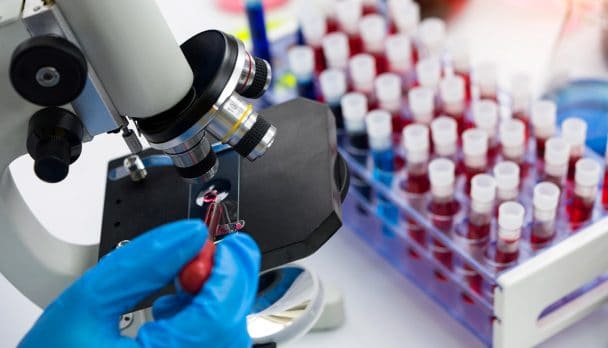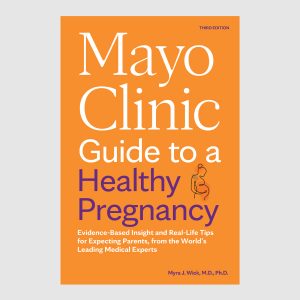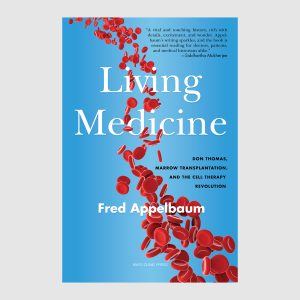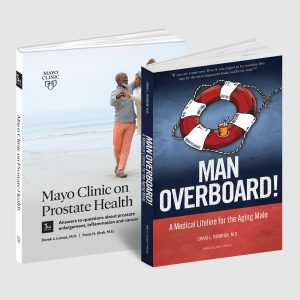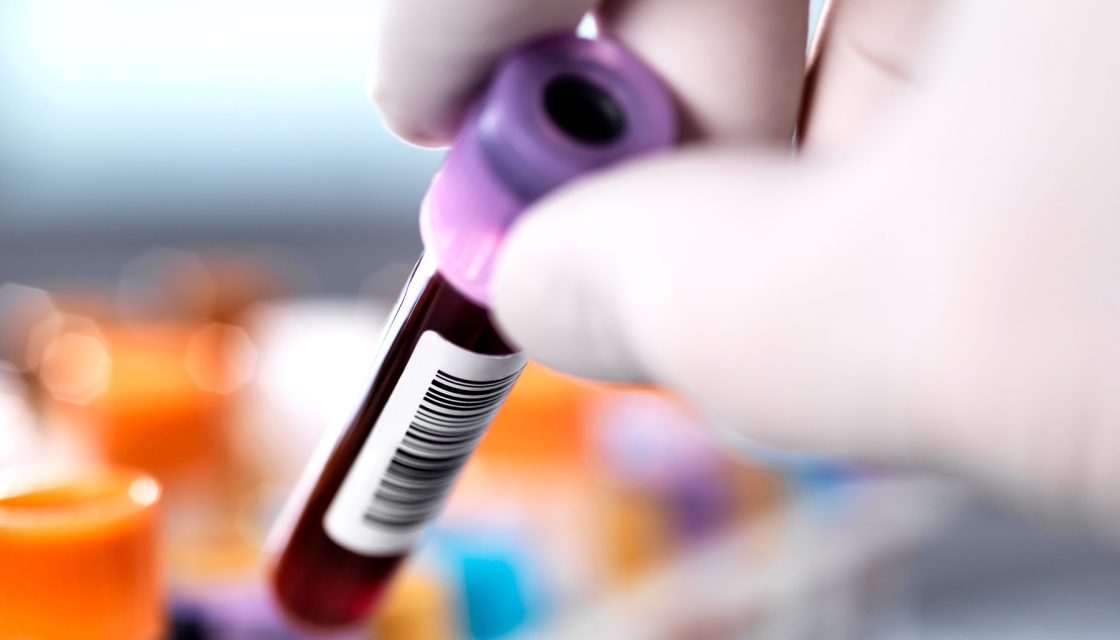
Mayo Clinic does not endorse companies or products. Advertising revenue supports our not-for-profit mission.
Though most people associate liver problems with heavy drinking, not all liver conditions stem from alcohol use. Even people who drink little to no alcohol can develop metabolic dysfunction-associated steatotic liver disease (MASLD). This is both the name of a disease and part of the umbrella term “steatotic liver disease,” which describes a range of conditions that result in fat accumulation in the liver.
There are two main types of steatotic liver disease that are unrelated to alcohol consumption —metabolic dysfunction-associated steatotic liver disease (MASLD) and metabolic dysfunction-associated steatohepatitis (MASH) — and both are caused by having too much fat in the liver.
With MASLD, there is no inflammation of the organ. Typically, MASLD does not progress or go on to damage the liver. MASH, on the other hand, is a more aggressive form of MASLD. Those with MASH have liver inflammation, swelling, cell injury, and sometimes scarring. Without intervention, MASH can progress and cause significant liver damage and disease.
It’s important to note that you may also hear MASH referred to as nonalcoholic steatohepatitis (NASH). Likewise, MASLD is sometimes called nonalcoholic fatty liver disease (NAFLD). The abbreviations NASH and NAFLD are still used in some settings; however, MASH and MASLD are the more updated, accurate terms for these conditions.
Though the acronyms may be a bit overwhelming, what’s important to understand is that MASH is a serious form of MASLD that can progress to end-stage liver disease (cirrhosis). MASH often is asymptomatic until its more advanced stages — which is exactly why early testing and diagnosis is critical to identifying and managing the condition, according to Blanca C. Lizaola-Mayo, M.D., medical director at Mayo Clinic’s Liver Transplant Center.
Understanding risk factors
Anyone can develop MASLD, and an estimated 30% to 40% of adults in the U.S. have the condition. Not everyone with MASLD goes on to develop MASH, and though doctors aren’t sure exactly why, there are certain factors that can raise the risk. MASH is associated with diabetes, prediabetes, elevated cholesterol and triglyceride levels, and high blood pressure. Likewise, MASH is more likely to develop in adults with obesity (though children can develop the condition too), postmenopausal women, people of Hispanic or Asian descent, and those with obstructive sleep apnea.
Obesity is the most important risk factor for both MASLD and MASH. Researchers estimate that 75% of people who are overweight — and more than 90% of people with severe obesity — have MASLD. The rate of MASH in particular is on the rise, and by 2030, the condition is expected to become the leading reason for liver transplant in the U.S.
If you are overweight or have diabetes or high cholesterol and triglyceride levels, it’s recommended that you have liver tests at least once a year and have your liver evaluated for signs of scarring.
Alongside knowing your risk factors, it’s important to understand the symptoms of MASLD — or the lack thereof. “Typically, people with liver disease do not have any symptoms until they develop cirrhosis, which is advanced scarring of the liver,” says Dr. Lizaola-Mayo. If there are symptoms, Dr. Lizaola-Mayo says they are usually mild or easy to miss, such as general fatigue or discomfort in the upper right area of the belly.
If cirrhosis advances and becomes more extensive, symptoms will likely start to appear. Common signs and symptoms include itching, a swollen belly, yellowing of the skin and eyes (jaundice), easy bruising, GI bleeding, and confusion. Additionally, cirrhosis may contribute to or cause other serious complications like liver failure, various types of cancer and cardiovascular disease.
If you experience any of these symptoms, reach out to your healthcare team immediately.
How are MASLD and MASH diagnosed?
There isn’t one specific test to diagnose MASLD or MASH. And because there are often no symptoms, either condition is sometimes discovered or suspected during other routine tests. For a diagnosis, your healthcare team will likely discuss your medical history to rule out any other potential conditions, conduct a physical exam and order testing.
These tests may include:
- Blood tests. Certain tests can check the levels of liver enzymes and the function of the liver. However, not everyone with MASLD or MASH has test results out of the reference range.
- Diagnostic imaging. This is typically the easiest way to make a diagnosis, according to Dr. Lizaola-Mayo. Common imaging techniques include an ultrasound, a CT scan or an MRI — which use sound, radio or electromagnetic waves to painlessly “see” inside the body. However, ultrasound, CT and MRI can’t show inflammation or fibrosis, only liver enlargement and fat content. More-specialized imaging tests, such as transient elastography (FibroScan) and magnetic resonance elastography (MRE), also may be necessary to fully assess the liver’s condition.
- Liver biopsy. Finally, confirming the diagnosis may require a biopsy — a minimally invasive procedure that involves taking a small piece of tissue from the liver with a small needle. The sample is then analyzed and may show fatty liver, inflammation and scarring and their severity.
“Though the prospect of a diagnosis may be overwhelming, it’s important to remember that both MASLD and MASH are treatable and reversible diseases,” Dr. Lizaola-Mayo says. “With weight loss, most people are able to revert and remove fat from the liver. The key is catching these conditions before cirrhosis develops.”
To assess your risk and determine if any diagnostic testing is necessary, talk with your healthcare team.
Mayo Clinic does not endorse companies or products. Advertising revenue supports our not-for-profit mission.
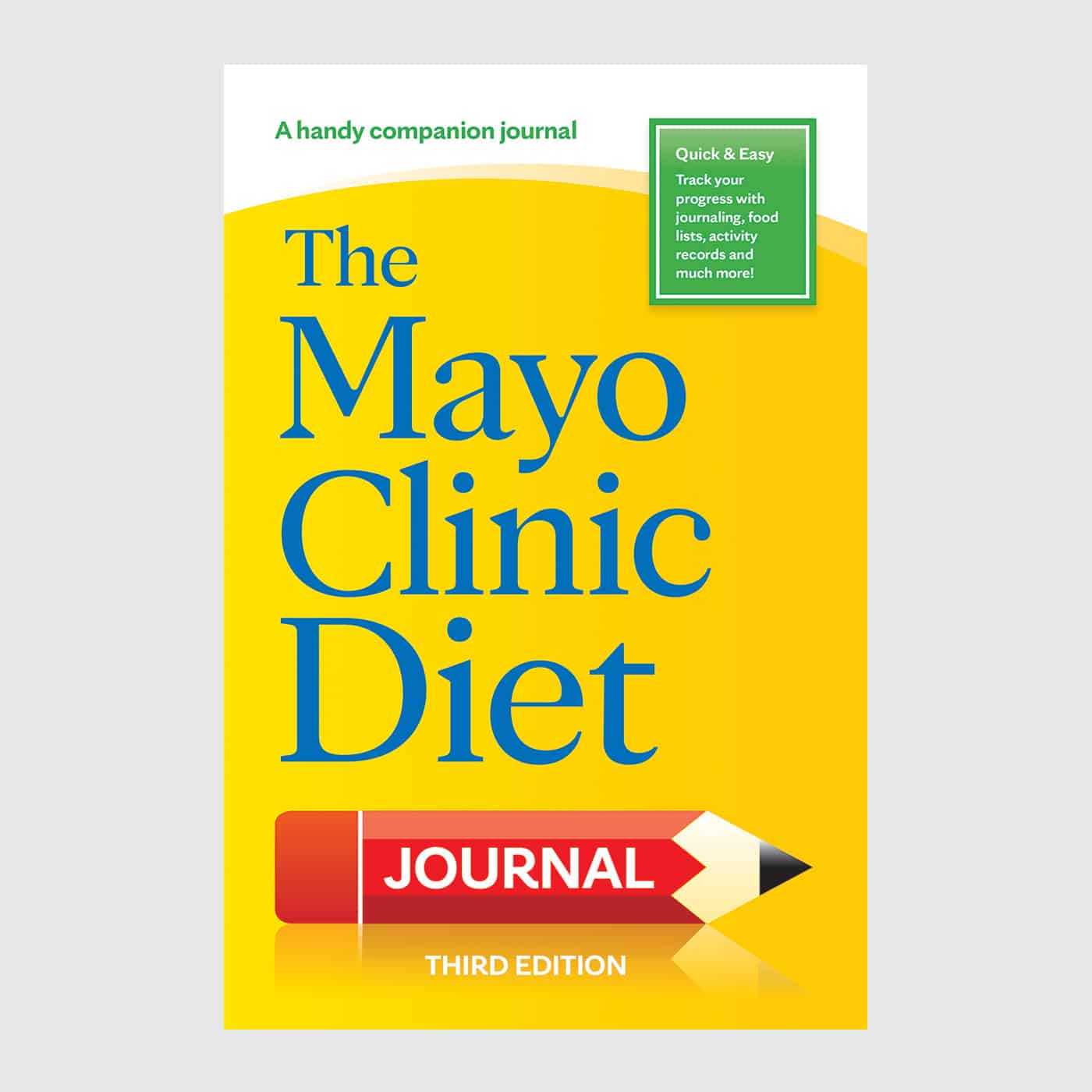
Relevant reading
The Mayo Clinic Diet Journal, Third Edition
This handy companion to The Mayo Clinic Diet is not your typical journal. The 224 pages of The Mayo Clinic Diet Journal will help you plan, track and review your progress over 10 weeks as you follow the program described in the #1 New York Times bestseller, The Mayo Clinic Diet.







